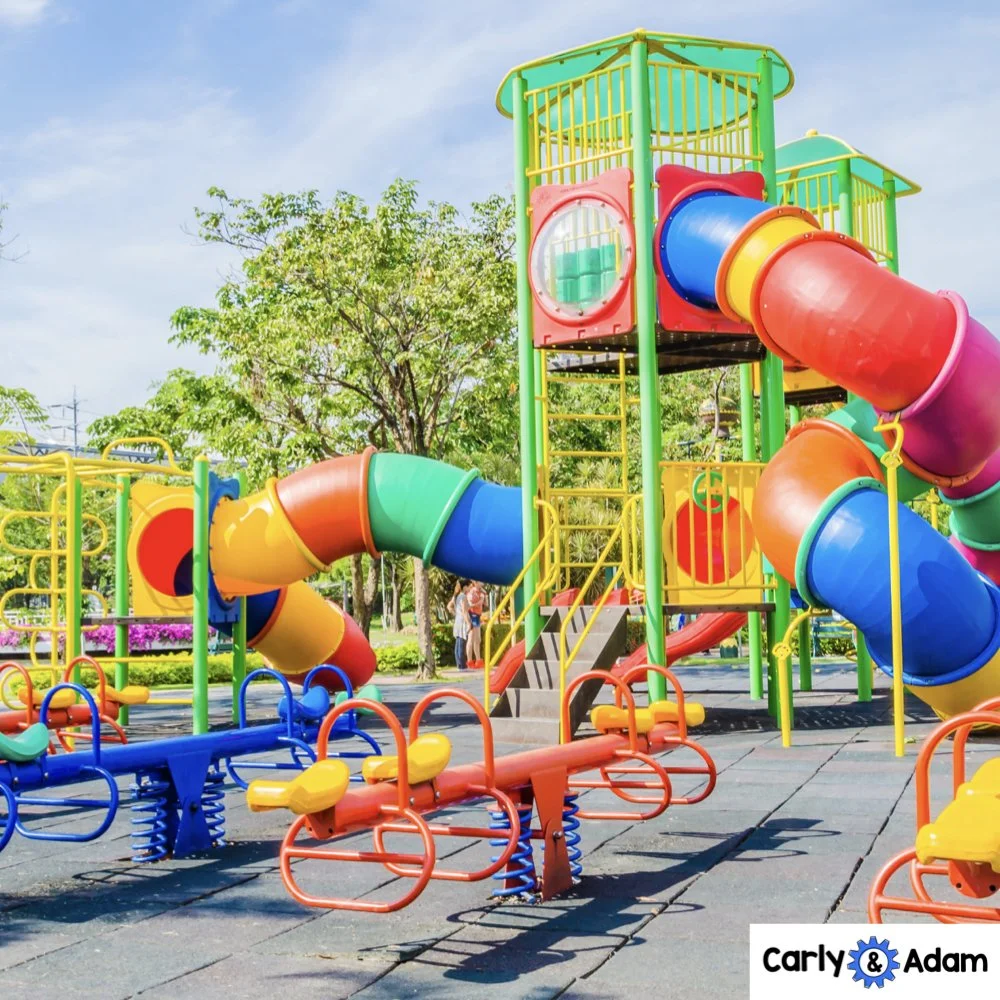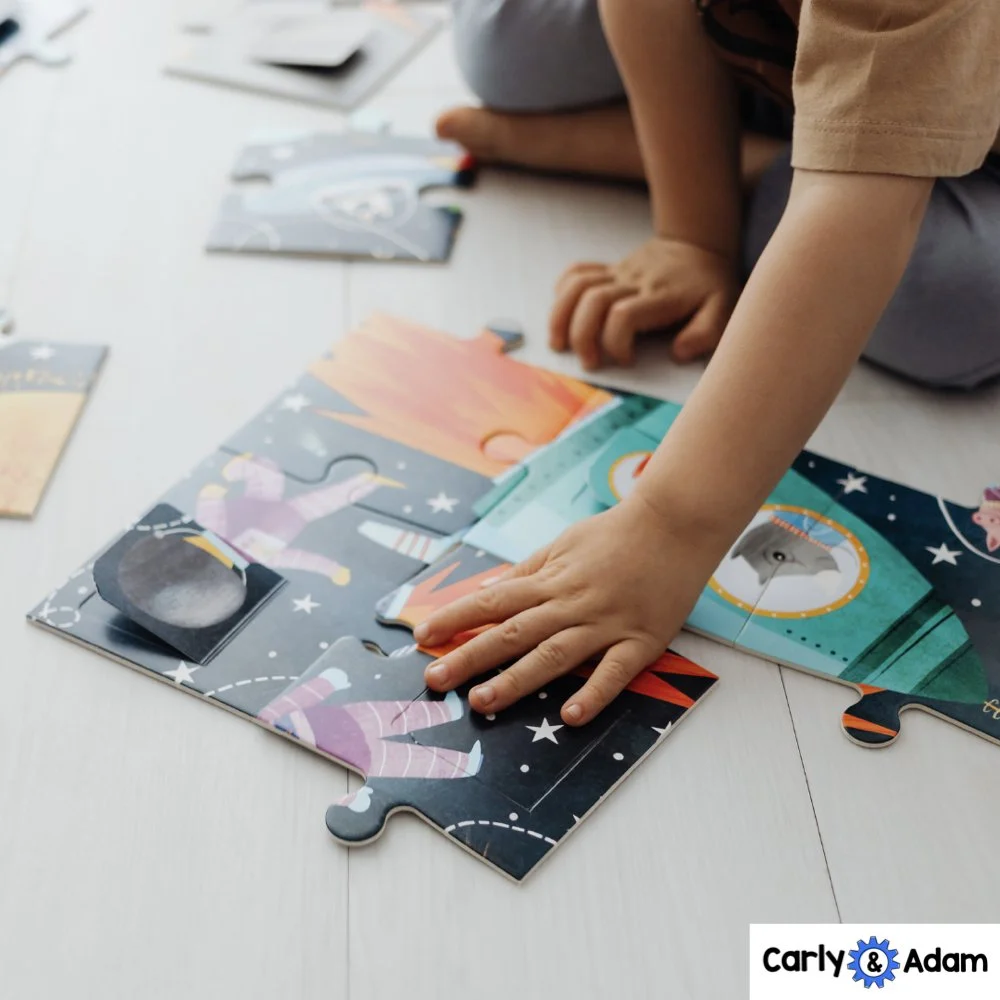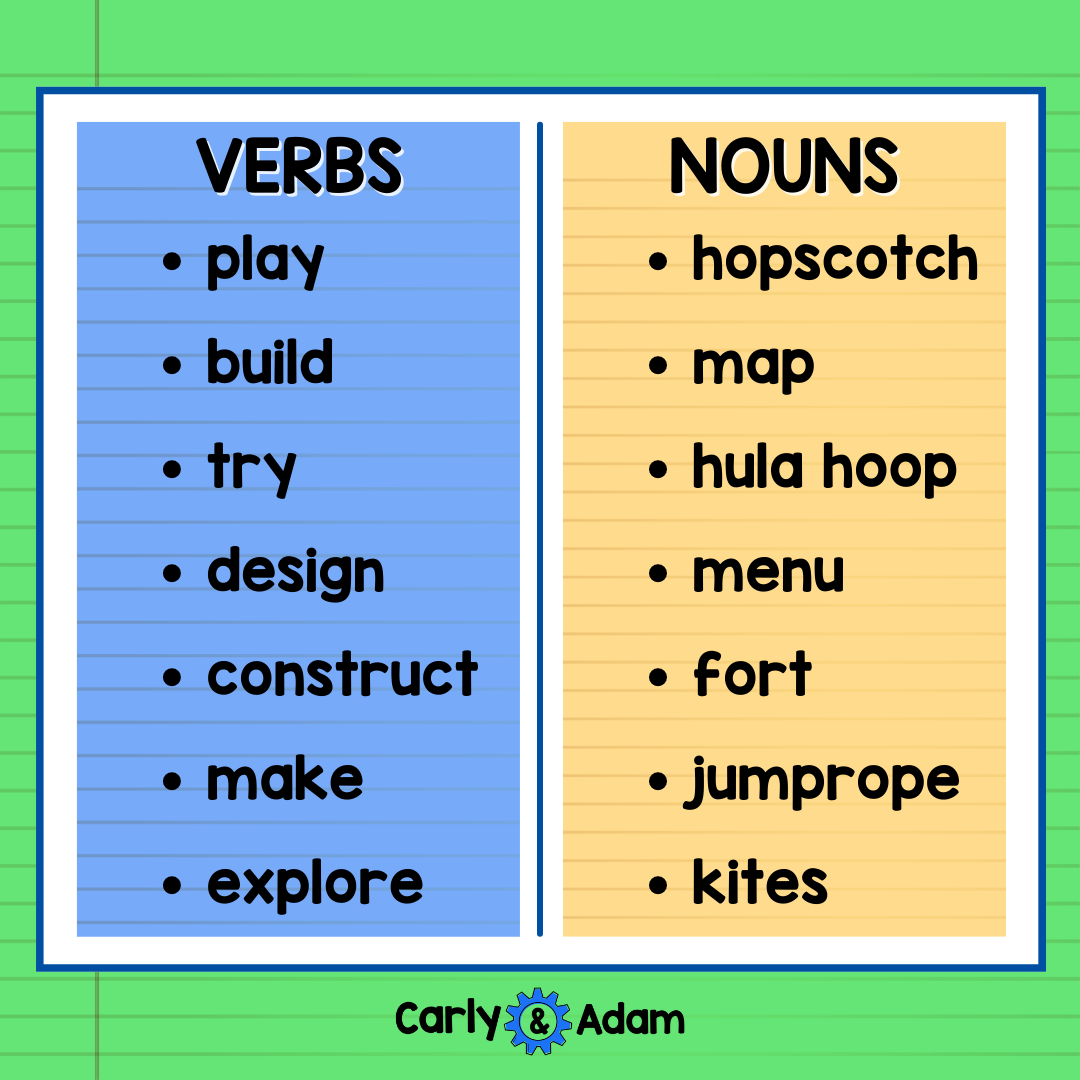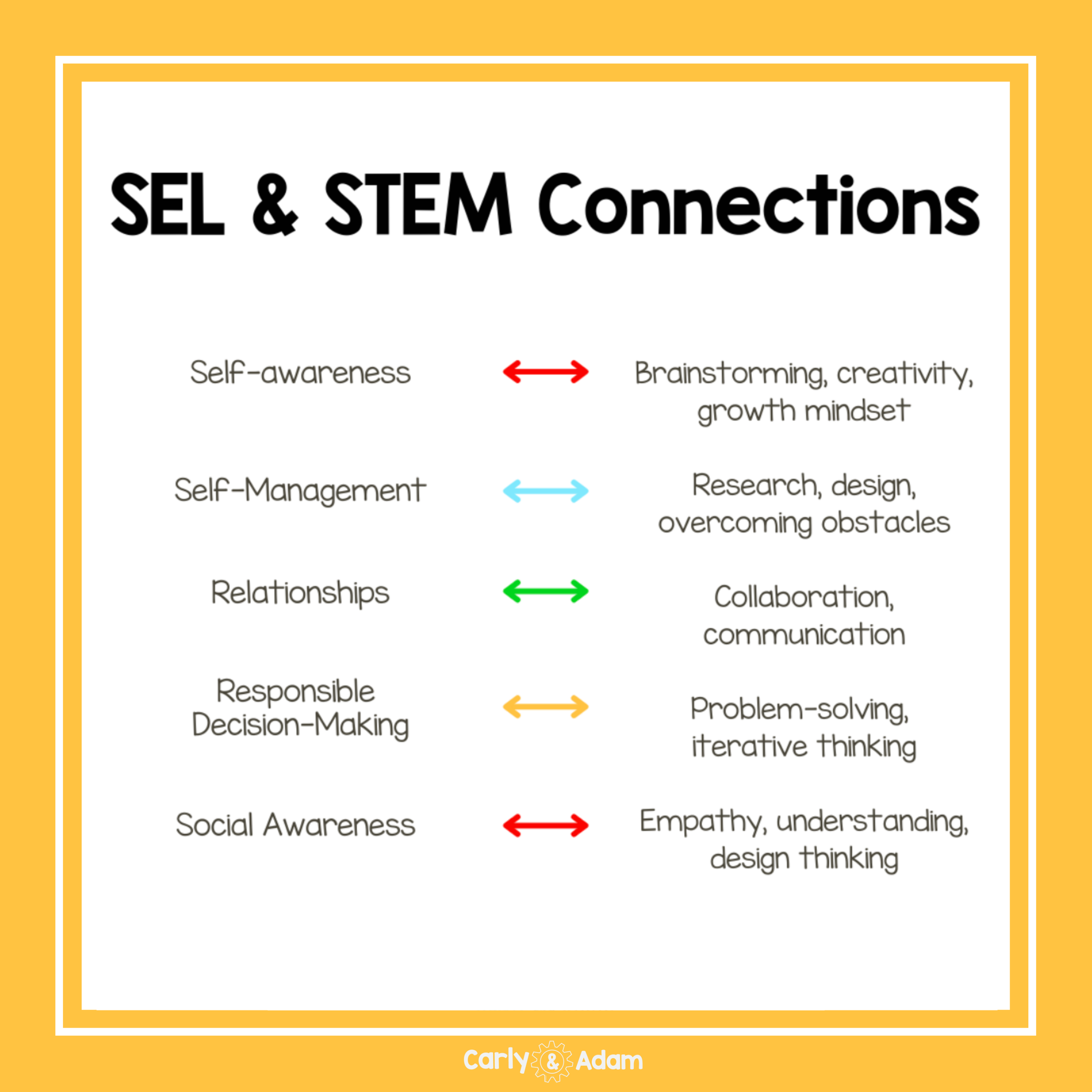Should Play Be Part of the School Day?
The following is a guest post from Dr. Jacie Maslyk.
Whether riding bikes, climbing trees, or jumping rope, these types of play can often be observed at a park or in your neighborhood. Drawing pictures, playing board games, or building with blocks, these types of play may be happening at the public library or right at your dining room table. All of these types of play, along with using our imagination and having fun, can also happen at school!
Play is an important part of learning and development. While it may happen at home, there is definitely a place for play in school. This post will share key ideas on the importance of play and where it fits into the school day.
Yes to Recess
In recent years, some schools have reduced recess time in favor of more time for academics with the belief that play should be limited in schools. On the other hand, some schools are increasing their recess time, by adding a morning recess before school starts or adding a second recess in the late afternoon when many students are in need of a break. Students need this unstructured, spontaneous time where children can be active and tap into their imaginations.
Play during recess has obvious health and physical benefits, but can also provide students with opportunities to develop social skills and increase emotional well-being. The freedom to run, shout, and laugh can be an important release within a student’s day.
Plan for Play
While daily recess time emphasizes physical play and movement, there are other types of guided or planned play that can be incorporated into the school day. We can purposefully set up experiences and offer materials that will stimulate the curiosity and creativity of our students.
This type of play can look different depending on grade level. In the primary grades, play may include dramatic play, learning centers, or “choice time”, when we provide materials or activities that students can engage in.
A learning center with magnets or play dough or free choice options that include painting with watercolors or creating a path with dominoes can be opportunities for planned play. While these are common in kindergarten and first grade, there’s no reason why guided play choices can’t also be offered in upper elementary classrooms.
Opportunities to play with building bricks or mess around with robotics materials can feel like play for learners (even though we know they are learning, too!) Play in the upper elementary grades can include artistic play with markers, stickers, and clay, or exploratory play with compasses, calculators, magnifying glasses, or microscopes.
We can create experiences within our schools to invite kids to engage in playful activities throughout the day. Think about how you might incorporate one of these:
A large jigsaw puzzle on a table in the library for all to try
A wall-size coloring page in a hallway or common area for students to color and contribute
Classroom tinker trays where students can explore with loose parts (beads, yarn, sticks, pebbles, etc.)
Life-size checkers or chessboards painted on the school play yard
Create an obstacle course or send students off on a scavenger hunt
Playful experiences don’t have to be planned by you. Enlist students to create playful opportunities at school. Create some prompts that students can choose and create for their peers. Simple, open-ended suggestions like these can lead to new ideas for students:
Make up a new game to play with a friend.
Draw a treasure map and see if your friend can follow it.
Choose one material from the “maker cart” and build something useful for a friend.
You might even make it a game. Create two sets of cards, each set with a different color. For example, all of the blue cards will have a verb, like play, build, try, etc. All of the yellow cards will have a noun like jump rope, castle, bubbles, etc. This might also be especially useful for students who are unsure what to play or are looking for ideas (and it also reinforces English skills with a review of nouns and verbs.).
Add whatever cards that you think would interest your students. Or better yet--allow them to suggest cards that could be added for playtime.
Play Matters
It is important for young people to engage in play both in and out of school. They should have opportunities for both structured and unstructured play. Playful experiences can be connected to learning experiences, as long as they are engaging and joyful for all learners.
Play can help to build language skills, as students talk together, ask questions, and solve problems. Play helps with social emotional skills (SEL) like self-regulation, social awareness, and responsible decision-making. Including play at school matters. It helps to build empathy and understanding for others.
Play has a place in school. For some students it provides a creative or physical release from content. For others it is a much needed break in the day. Play provides time for social, emotional, and physical development, allowing educators to focus on supporting the whole child.
Have more questions or need additional resources?
Join our Free Facebook Group.
For more STEM ideas, inspiration, and collaboration with other STEM teachers be sure to join our FREE Facebook group Elementary STEM Teachers with Carly and Adam!
We hope you have found this blog post helpful. To stay connected with Carly and Adam's teaching tips and classroom freebies be sure to follow us on Facebook, Pinterest, Teachers Pay Teachers, and subscribe to our blog!
An educator for the last 23 years, Dr. Jacie Maslyk, has served as a classroom teacher, reading specialist, elementary principal, and assistant superintendent. She is the author of STEAM Makers: Fostering Creativity and Innovation in the Elementary Classroom, Connect to Lead: Power Up Your Learning Network to Move Your School Forward (ISTE), Remaking Literacy: Innovative Instructional Strategies for Maker Learning and Unlock Creativity: Opening a World of Imagination With Your Students. You can read more on her blog, Creativity in the Making, at www.jaciemaslyk.blogspot.com. Connect with Jacie on Twitter @DrJacieMaslyk or email her at jaciemaslyk@gmail.com .






